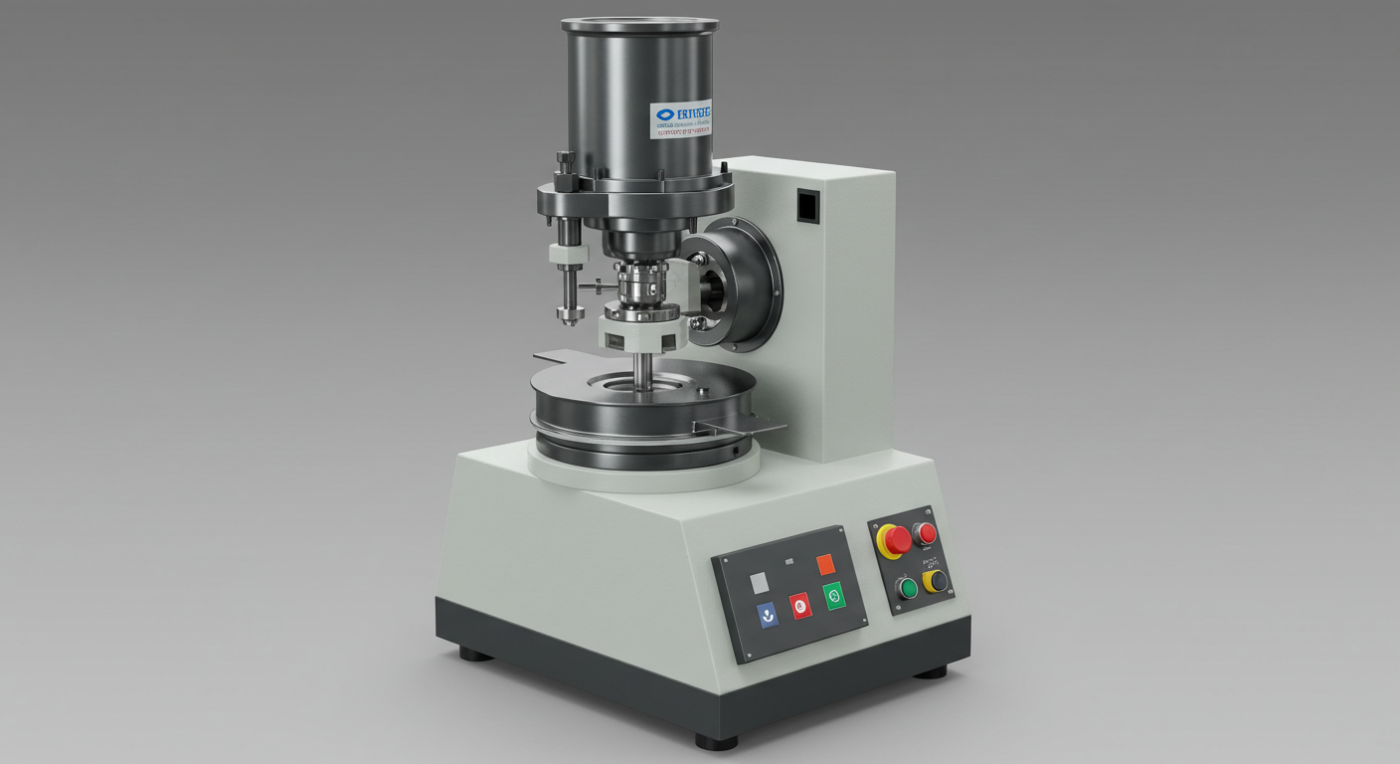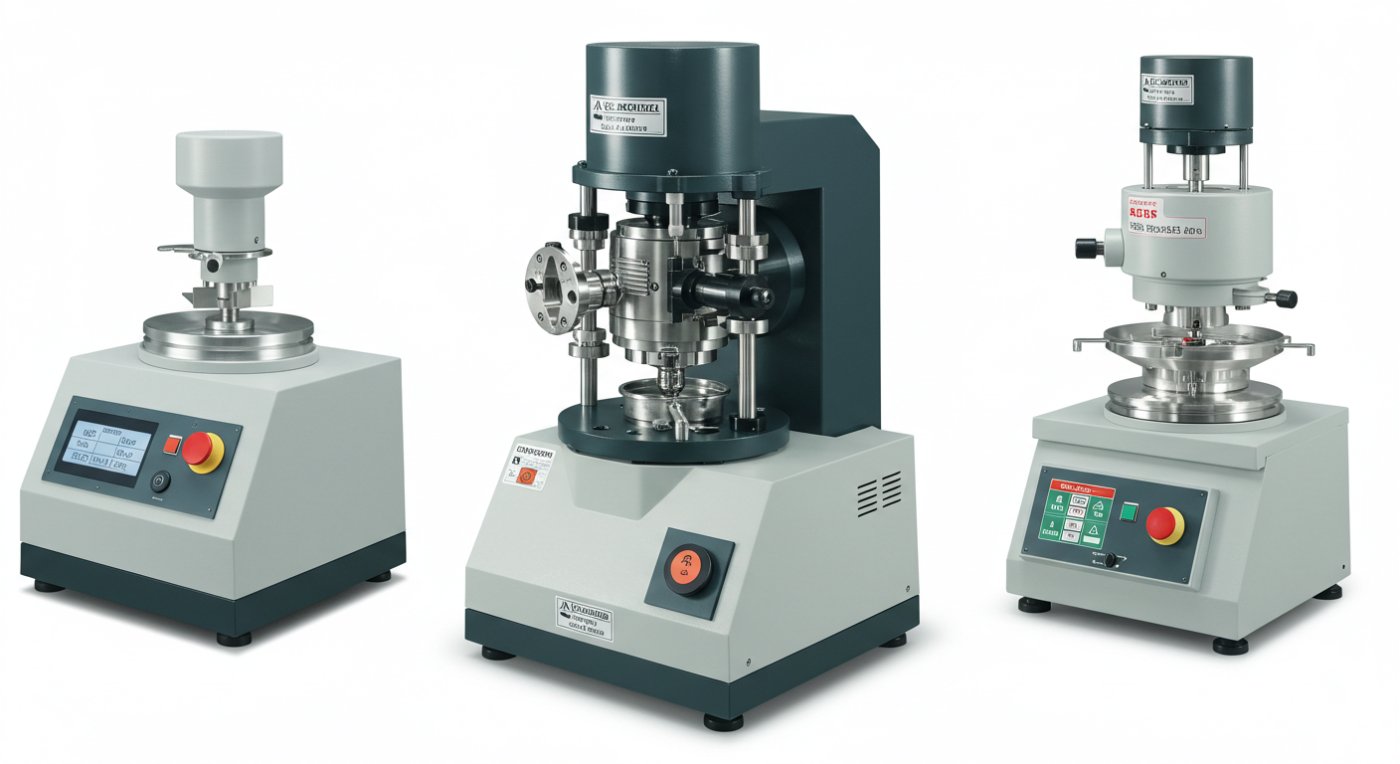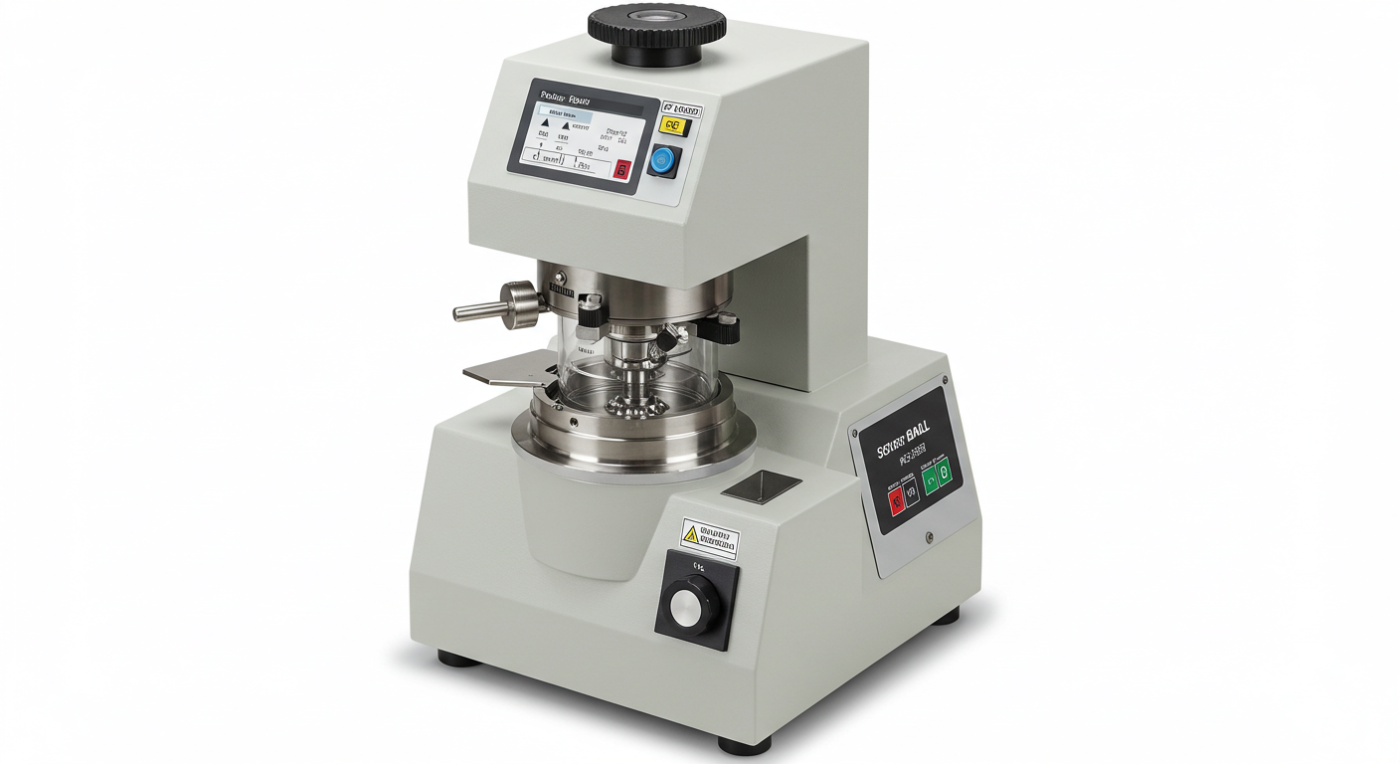So, you’re asking, **where can I buy planetary ball mill**? You’re in the right place! This guide delves into the world of planetary ball mills, covering everything from where to purchase them to understanding their working principles and comparing them to other milling technologies. Perhaps you’re also wondering **What is the difference between a planetary mill and a ball mill?** These are both important considerations when selecting the right equipment for your specific application. This article will guide you through the process of finding the perfect planetary ball mill for your needs, discussing various models, suppliers, and key features to consider. Whether you’re seeking a high-energy solution for nanoparticle synthesis or a reliable tool for material research, understanding the market and the technology is crucial. The market offers diverse options, from compact laboratory models to industrial-scale systems. Selecting the right one demands careful consideration of factors like sample size, desired particle size, and throughput requirements. Our aim is to help you make informed decisions and find the ideal planetary ball mill for your research or production process.

Before diving into the specifics of where to buy, let’s clarify the landscape of milling technologies. A common question arises: **What is the difference between a ball mill and a colloidal mill?** While both reduce particle size, they operate on vastly different principles and are suited for different applications. A ball mill, including the planetary type we’re focusing on here, uses impact and attrition from milling media (balls) to break down materials. In contrast, a colloidal mill uses shear forces generated by a rapidly rotating rotor and stator to disperse and reduce the size of particles in a liquid medium. It’s important to choose the right type of mill for your material and desired outcome.
Understanding Planetary Ball Mills
What is a Planetary Ball Mill?
A planetary ball mill is a high-energy milling device used to reduce particle size of materials to the nano-scale or micro-scale. The working principle involves placing the material to be milled, along with milling balls, into grinding jars that are arranged on a rotating “sun wheel”. As the sun wheel rotates, the jars also rotate on their own axis, in the opposite direction. This combined rotational movement creates centrifugal forces that cause the balls to impact the material with high energy, leading to rapid size reduction. The high energy input also enables processes like mechanical alloying and mechanochemical reactions.

Because the grinding jars are set to spin on a rotating “sun” wheel, the materials inside are subjected to forces that are many times the force of gravity. This intense energy means that planetary ball mills can grind hard materials to very small sizes, and much faster than normal ball mills.
Planetary Ball Mill Working Principle
The **Planetary ball mill working principle** relies on the superposition of centrifugal forces. The grinding jars are arranged on a rotating disk (the “sun wheel”). These jars rotate around their own axes while the disk rotates. The material inside the jar experiences acceleration due to the jar’s rotation and the disk’s rotation. The impact of the milling balls, combined with the shear forces generated by the rotational movement, leads to efficient and rapid particle size reduction. Different planetary ball mill machines have different maximum speeds and this will affect the resultant size of particles.
The energy imparted to the grinding media (the milling balls) in a planetary ball mill is significantly higher than in a conventional ball mill due to the added centrifugal forces. This makes planetary ball mills particularly effective for materials that are difficult to grind or require very fine particle sizes.

Factors Affecting Milling Efficiency
Several factors influence the efficiency of a planetary ball mill:
- Milling Speed: Higher speeds generally lead to faster grinding, but excessive speeds can cause overheating and damage to the sample and the mill itself.
- Ball-to-Material Ratio: The ratio of milling ball mass to the material mass significantly impacts grinding efficiency. Optimal ratios vary depending on the material and desired particle size.
- Milling Time: The duration of milling affects the final particle size. Longer milling times can result in finer particles, but also increase the risk of contamination and agglomeration.
- Milling Jar and Ball Material: The material of the milling jar and balls should be chosen based on the material being milled to avoid contamination and ensure efficient grinding. Common materials include stainless steel, zirconia, alumina, and tungsten carbide.
- Milling Atmosphere: Controlling the atmosphere inside the milling jar (e.g., using an inert gas like argon) can prevent oxidation or other unwanted reactions during milling.
Where Can I Buy a Planetary Ball Mill?
Now, let’s address the central question: **where can I buy planetary ball mill**? Several avenues exist, each offering different advantages and considerations.
Online Suppliers
The internet offers a vast marketplace for planetary ball mills. Here are some things to look for when choosing an online supplier:
- Supplier Reputation: Research the supplier’s reputation through online reviews and testimonials.
- Product Specifications: Carefully review the product specifications to ensure they meet your requirements.
- Warranty and Support: Check for warranty information and the availability of technical support.
- Shipping and Returns: Understand the shipping costs, delivery times, and return policies.
Answering the questions of **where can I buy planetary ball mill online** can often lead you to distributors specializing in laboratory equipment. These distributors typically carry a wide range of planetary ball mills from various manufacturers.
Manufacturers
Purchasing directly from a manufacturer can offer several benefits:
- Direct Communication: You can communicate directly with the manufacturer to discuss your specific needs and requirements.
- Customization: Some manufacturers offer customization options to tailor the mill to your specific application.
- Technical Expertise: Manufacturers possess in-depth technical knowledge about their products and can provide valuable support and guidance.
Many manufacturers offer online catalogs and direct sales options, making it easier than ever to purchase directly.
Used Equipment Market
If you’re on a budget, consider exploring the used equipment market. Used planetary ball mills can be significantly cheaper than new ones, but it’s essential to carefully inspect the equipment and verify its condition before purchasing. Ensure that spare parts are readily available. The price of a pre-owned planetary ball mill will greatly depend on the condition of the equipment and how old the equipment is.
**Where can I buy planetary ball mill in USA?**
Many of the online suppliers and manufacturers discussed above operate in the USA. Additionally, several local distributors specialize in laboratory equipment and can provide personalized service and support.
Key Features to Consider When Buying a Planetary Ball Mill
When choosing a planetary ball mill, several key features should be considered:
- Maximum Speed: The maximum speed of the mill determines the energy input and the fineness of the resulting particles.
- Jar Capacity: The jar capacity determines the amount of material that can be milled in each batch.
- Number of Jars: The number of jars determines the throughput of the mill.
- Jar Material: The jar material should be compatible with the material being milled.
- Control System: The control system should be user-friendly and allow for precise control over the milling parameters.
- Safety Features: Safety features such as overload protection and automatic shut-off are essential for safe operation.
The **Planetary Ball Mill Price** varies depending on the size, features, and manufacturer. Entry-level laboratory models can cost a few thousand dollars, while larger, more sophisticated models can cost tens of thousands of dollars.
Specific Models and Brands
Several manufacturers offer a wide range of planetary ball mills. Below are some examples of well-known brands and models. It’s crucial to explore different options to find a model that aligns with your specific needs and budget.
**Across International Planetary Ball Mill**
Across International offers a range of planetary ball mills known for their reliability and performance. These mills are suitable for various applications, including materials research, pharmaceutical development, and chemical synthesis. They offer models with independent speed control for each grinding station.
**Planetary ball mill PM 200**
The **Planetary ball mill PM 200** is a popular model known for its versatility and ease of use. It is a benchtop model suitable for a wide range of applications.
Applications of Planetary Ball Mills
Planetary ball mills are used in a wide variety of applications, including:
- Materials Research: Used for synthesizing nanomaterials, alloys, and composites.
- Pharmaceutical Development: Used for micronizing drug particles to improve bioavailability.
- Chemical Synthesis: Used for mechanochemical reactions and solid-state synthesis.
- Ceramics Processing: Used for grinding and mixing ceramic powders.
- Geological Sample Preparation: Used for grinding geological samples for analysis.
The **Planetary Ball Mill for laboratory** use is typically smaller and more compact than industrial models, designed for research and development purposes.
Understanding the Technical Aspects
**What is the difference between a planetary mill and a ball mill?**
To reiterate, the key difference lies in the motion and energy transfer. A conventional ball mill rotates on a single axis, relying on gravity and the tumbling motion of the balls to grind the material. A planetary ball mill, however, uses a “planetary” motion where the grinding jars rotate on their own axis while simultaneously rotating around a central axis. This creates much higher centrifugal forces, leading to significantly more efficient and faster grinding. A normal ball mill will not produce particles as small as that of a planetary ball mill because of this difference.
**What is the difference between a planetary mill and a ball mill?**
The planetary ball mill, with its enhanced centrifugal forces, achieves finer particle sizes and can process materials that are more resistant to grinding. A ball mill is also known as a pebble mill, depending on the material used for grinding.
**What is the difference between a planetary mill and a ball mill?**
The size and the time to grind the material is another large distinction between the two types of ball mills.
**What is the difference between a ball mill and a colloidal mill?**
As previously mentioned, the fundamental difference is the operating principle. Ball mills use impact and attrition, while colloidal mills use shear forces. This makes colloidal mills suitable for dispersing existing particles in a liquid, rather than breaking down solid materials. The **What is the difference between a ball mill and a colloidal mill?** is the most important question when determining which to buy.
**What is the difference between a ball mill and a colloidal mill?**
Another large difference is the material that can be put into the machines. Solid chunks of rock can be put into the ball mill, whereas a colloidal mill typically needs small powders mixed in a liquid carrier.
**What is the difference between a ball mill and a pebble mill?**
The **What is the difference between a ball mill and a pebble mill?** is typically just the milling media used. A ball mill utilizes metallic balls (steel, tungsten carbide, etc.) while a pebble mill uses non-metallic grinding media like ceramic pebbles or flint stones. Pebble mills are often used when metallic contamination of the milled material needs to be avoided.
**What is the critical speed of a planetary ball mill?**
The **What is the critical speed of a planetary ball mill?** refers to the speed at which the centrifugal force acting on the balls within the grinding jar equals the force of gravity. At this speed, the balls will begin to centrifuge and stick to the walls of the jar, reducing grinding efficiency. Operating slightly below the critical speed is optimal for maximizing the impact energy of the balls. The critical speed depends on the diameter of the grinding jar and the diameter of the planetary motion.
The critical speed equation is important to understand the theoretical maximum speed before grinding ability is reduced.
Finding **where can I buy planetary ball mill** is only the start of your journey. Understanding the technology and the available options is essential to making the right purchase. Remember to carefully consider your specific application requirements, budget, and desired level of performance when choosing a planetary ball mill.
In conclusion, **where can I buy planetary ball mill** is answered by exploring online suppliers, manufacturers, and the used equipment market. Evaluate key features such as speed, capacity, and control systems. Understanding the **Planetary ball mill working principle** is key to choosing the right mill, and knowing the **Planetary Ball Mill Price** will help you budget effectively. Whether you need a **Planetary Ball Mill for laboratory** use or a larger industrial model, careful research will lead you to the perfect solution. Many are looking for a **Planetary Ball Mill for sale**, so remember to explore all available options, including used equipment. Finally, consider **where can I buy planetary ball mill in usa** for local support and service.
